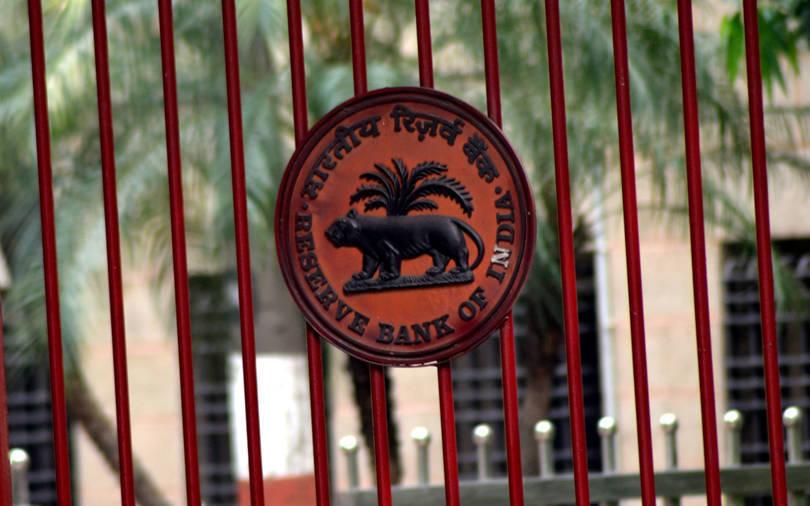The hike in e-Rupi voucher limit to Rs 1 lakh will give an impetus to digital payments in the offline mode and allow reach of government’s direct benefit transfer without bank accounts, experts said.
On Thursday, the Reserve Bank of India (RBI) announced increasing the cap on e-Rupi vouchers issued by governments to Rs 1 lakh per voucher from Rs 10,000 and also allowed one voucher to be used multiple times till completely redeemed. Launched in August last year, e-Rupi was meant as a cashless payment product for covid-19 vaccination. Backed by the unified payments interface (UPI) platform, an e-Rupi voucher allows users to redeem it without a card, digital payments app or internet banking access, at the merchants accepting UPI e-prepaid vouchers.
“It will ensure better digital delivery of benefits of the central and state government schemes to the beneficiaries. Hence, it is likely to play a major role in strengthening direct benefit transfer (DBT) to citizens at the last mile, making it more transparent,” said Anand Kumar Bajaj, co-founder, managing director and chief executive of PayNearby.
Bajaj said that unlike other digital payment formats, e-Rupi does not require beneficiaries to have a bank account. Another advantage is that e-Rupi works on basic phones also, and hence it can be used by people who do not own smartphones or in places that lack an internet connection, thereby promoting offline payments, he added.
In January, RBI released its “framework for facilitating small value digital payments in offline mode", following pilot testing by some entities from September 2020 to July 2021. On 6 August 2021, RBI had permitted a pilot scheme to encourage technological innovations that enable small value digital transactions done offline.
Experts said that in addition to vouchers issued by the government, extending this new cap to other business-to-consumer use-cases should also be considered, by improving the acquiring infrastructure for e-Rupi and integrating it with existing point of sale (PoS) systems.
“This will also encourage its use by private corporates and for other customer segments as well, such as larger value corporate gifting, transit/payroll/student cards, forex travel cards, among others. e-Rupi’s key benefit for governments is in enabling penetration among the unbanked and feature phone users, allowing issue without needing the recipient’s bank account or KYC,” said Reeju Datta, Co-Founder, Cashfree Payments.
Others said there could be some future linkages between the e-Rupi and the proposed digital currency slated to be issued in fiscal 2023. According to Dinesh Khara, chairman, State Bank of India (SBI), the enhancement of cap under e-Rupi could facilitate a faster adoption of digital transactions, that could eventually usher in a roll out of digital rupee.
The central bank will start issuing the much-awaited digital currency in fiscal 2023, finance minister Nirmala Sitharaman announced in the budget, a move that the government believes will give an impetus to the digital economy. The government also proposed to amend the RBI Act to include the central bank digital currency (CBDC) alongside traditional banknotes. It had received a proposal from RBI in October to amend to the Act and enhance the scope of the definition of ‘bank note’ to include currency in digital form.
Additionally, the e-Rupi would also interest the private sector and micro, small and medium enterprises (MSMEs) to deliver employee benefits besides exploring a wide range of business-to-business (B2B) transactions, said Mandar Agashe, managing director, founder and vice-chairman of Sarvatra Technologies Ltd.
“Also, the new payment medium can be controlled and therefore, despite raising the cap or using it more than once, the issuer can ensure the amount is spent for the allocated purpose and can track the redemption,” he added.






